Dance expresses emotion and tells a story and has cultural, religious and celebratory meaning in many cultures. For thousands of years, it has been an essential component of cultures around the world. And since then, the various dances have combined, changed and evolved into the most famous styles that exist today. Let’s celebrate this global art form by taking a world tour, learning about the most famous dance forms and enjoying International Dance Day.
Table of Contents
Popular Dances:
Bharatanatyam (India)
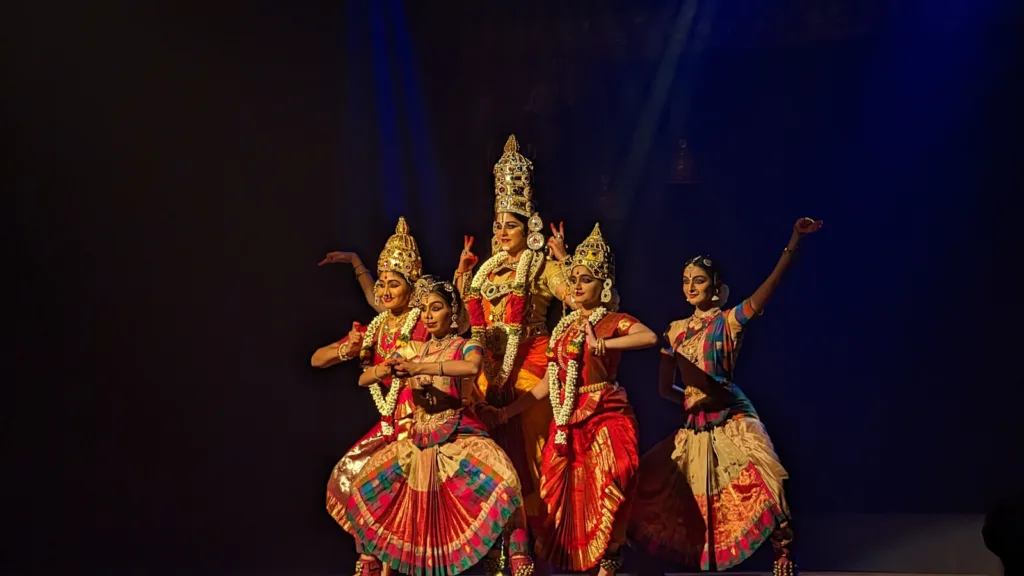
Let’s travel to Asia to learn about Bharatanatyam, a South Indian dance style that has fascinated me since childhood. India’s oldest known classical dance tradition is probably Bharatanatyam, which is considered the mother of many other Indian classical dance styles. It started in the Hindu temples of Tamil Nadu and eventually spread throughout South India. It was first performed only by female temple dancers, followed by public performances in the 1930s.
The dancer conveys spiritual ideas and stories from Indian mythology by remaining in a low squat and using exquisite footwork, elegant expressions and striking gestures. I don’t think any other dance style comes close to the grace of this dance style!
Samba (Brazil)
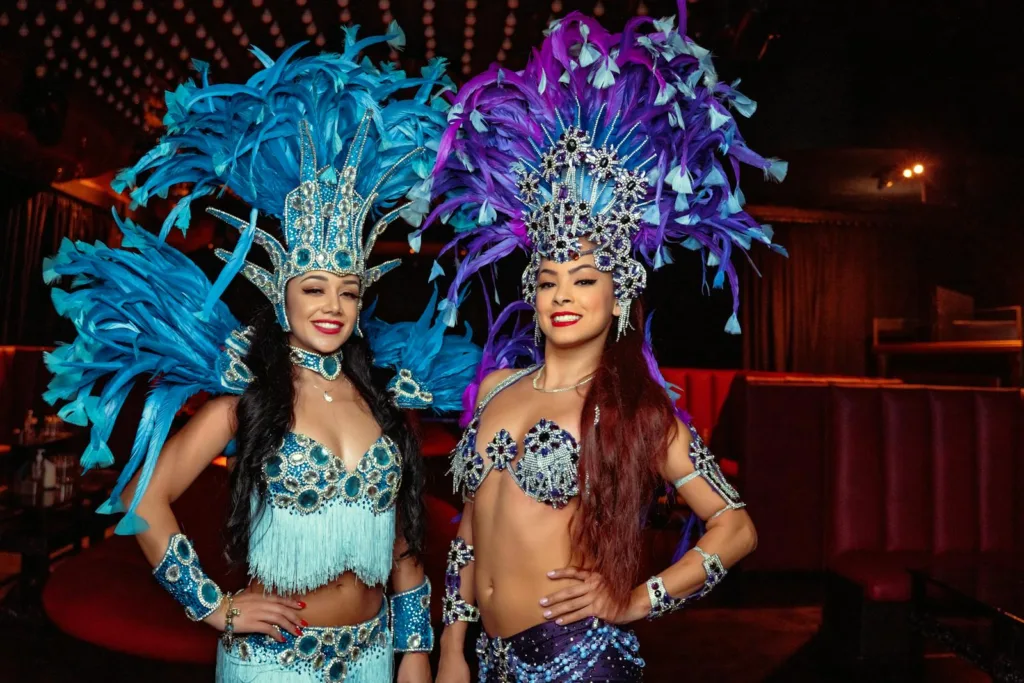
Brazil, the home of samba, is the first stop on this world tour. The word “samba” comes from “semba”, which means “invitation to dance”. It is a Brazilian dance style that originated in the 1950s and was influenced by African immigrants to Brazil.
Regional variations exist and dancers often wear brightly colored clothing and large headpieces. It is undoubtedly a necessity during festivals and carnivals, the most famous of which take place in Rio de Janeiro, especially the famous Brazilian Rio Carnival.
Hip-hop (US)
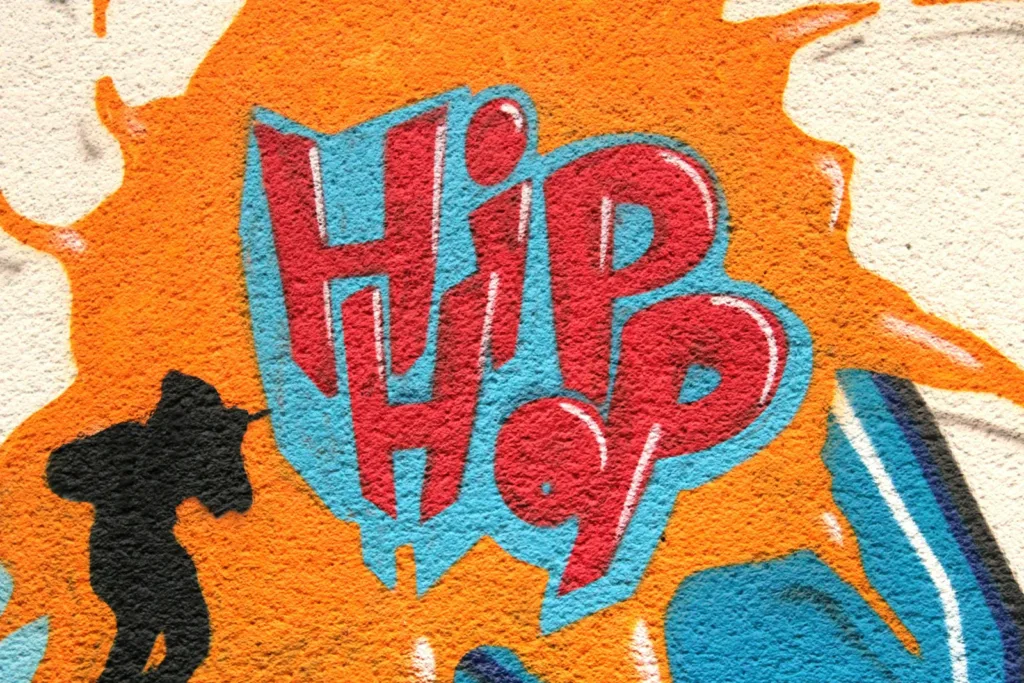
A variety of street dances that arise in connection with hip-hop music and culture are collectively referred to as hip-hop. It began to take off as a fresh street style in the early 1970s in New York and California, developing from Funk.
Even though “breaking”—a technique from the East Coast—was mostly associated with hip hop, other styles—such as “locking and popping”—from the West Coast—quickly merged with the genre. Hip-hop incorporates improvisation and rivalry in dancing, unlike other competitive dance forms.
Salsa (Cuba)
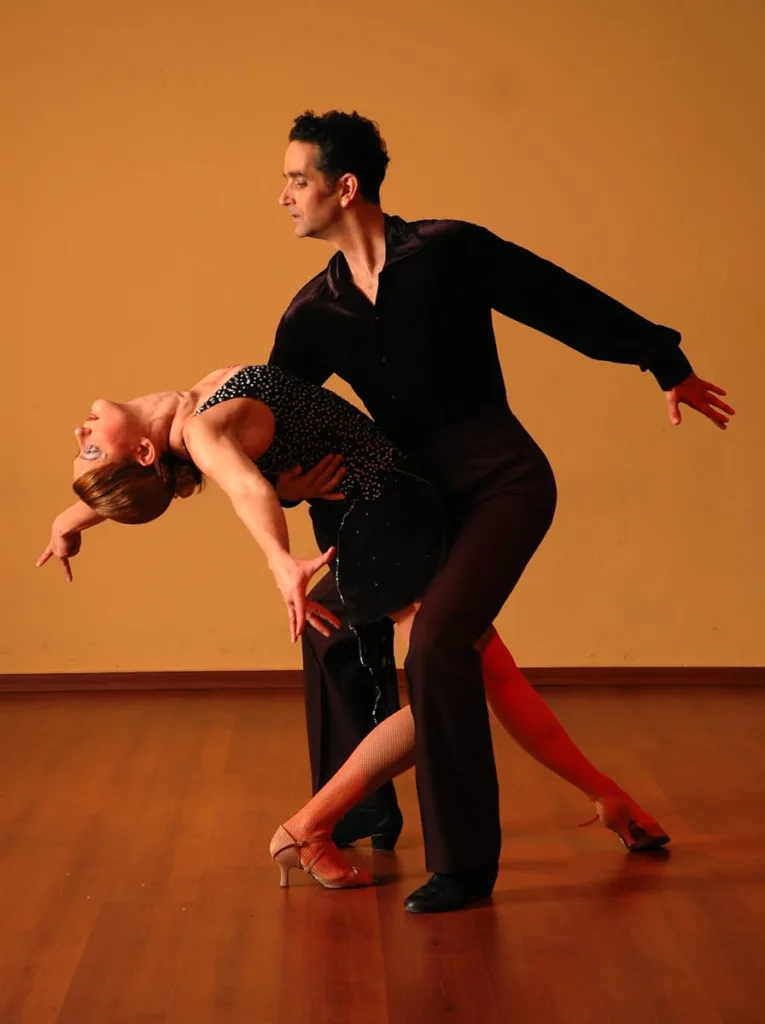
Let’s go north and learn more about the well-known Salsa originating from eastern Cuba. It is believed that it was produced by a mixture of African and Spanish origin. The style has its roots in the Caribbean, but moved to New York City in the 1950s as a form of social dance.
It is a mix of several different styles, ranging from Afro-Cuban rumba to Cuban son. The 1950s saw the development of casino, sometimes known as Cuban salsa, which served as a model for modern salsa.
Belly dance (Middle East)
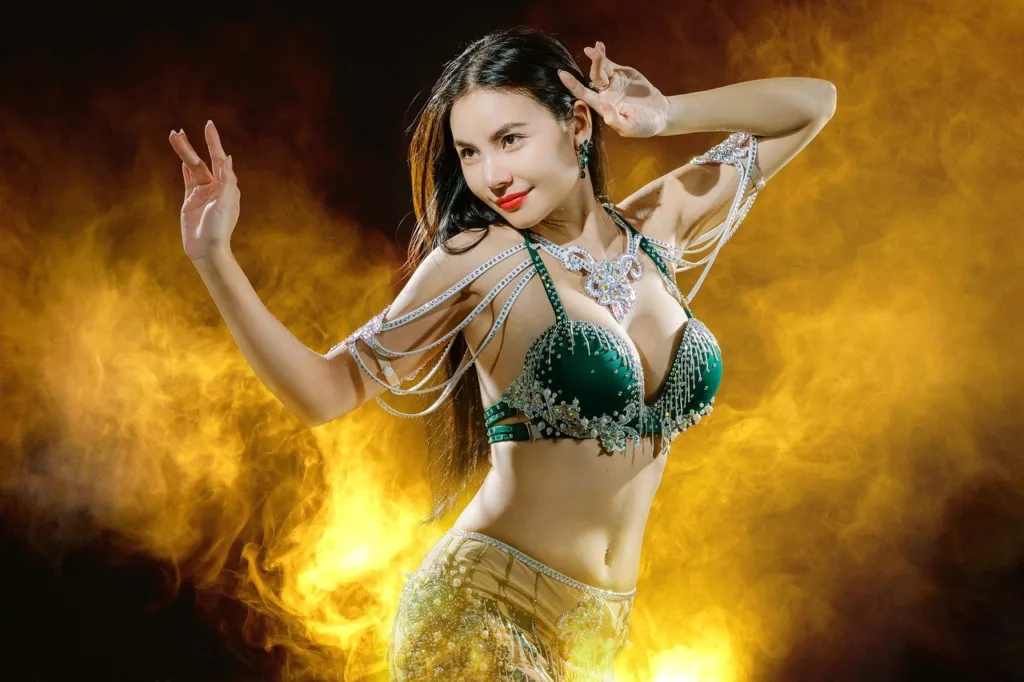
Middle Eastern belly dance has captured the hearts of viewers around. The ghawazee were a touring troupe of dancers who were the original belly dancers. During the 1830s, these women—who were seen as gypsies in Egypt—were exiled from Cairo.
They continued on to perform around Europe, the Middle East, and southern Egypt. As the 1900s saw the emergence of belly dance, the raqs sharqi genre took inspiration from ballet, Latin dance, folk dance forms, and even American marching bands. Later, in the 1960s, it became well-known in the US.
Ballet (Russia)
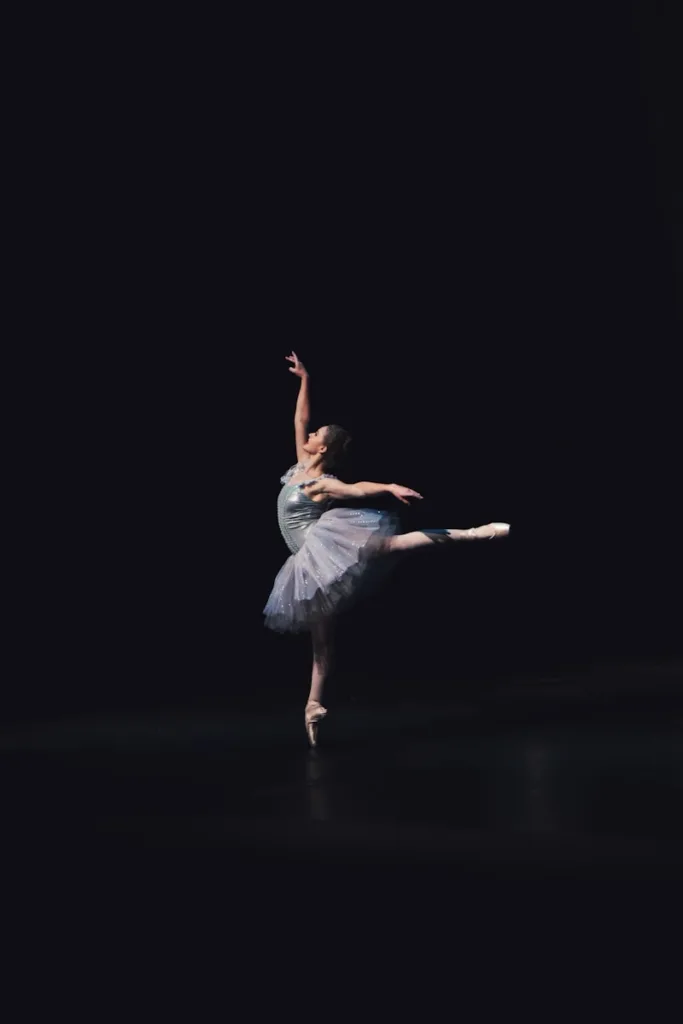
Russia is the globe. Discovering Ballet is a must for any journey; International Dance Day coincides with the birth anniversary of Jean-Georges Noverre, the man who invented modern ballet.
The Russian ballet originated during the Italian Renaissance and later grew into a concert dance in France and Russia. There are numerous subgenres of this style of classical music accompaniment, such as romantic, modern, and classical.
The fashion changed from being centered on men to being exclusively on ballerinas in the 1800s. These days, tutus and pointe shoes are an essential component of the method. Ballet holds a particular place in the hearts of most Russians as one of the primary symbols of Russian culture. Professional instruction in it is even offered at prestigious dance schools worldwide.
Waltz (Austria)
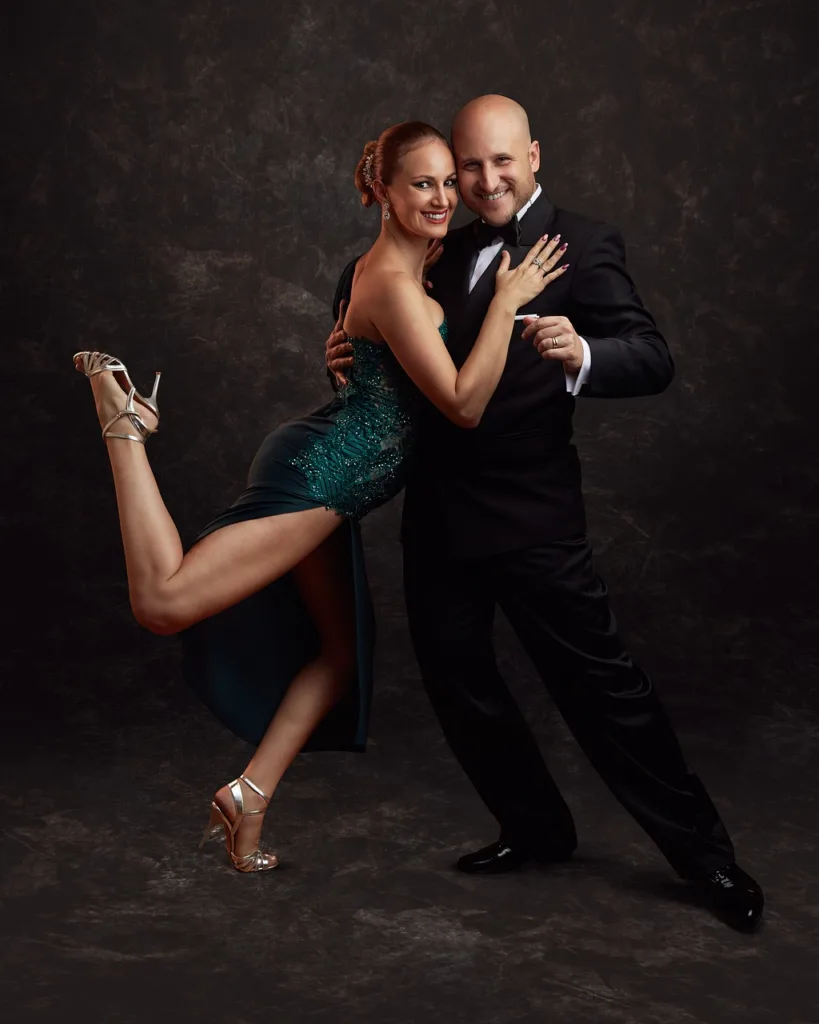
Its root word is the German verb Walzer, which implies “to roll or revolve.” The Waltz is one of the oldest ballroom dances, having its roots in German and Austrian folk dances. This elegant and leisurely couple dance dates back to the 1800s. These days, waltzes in the slower American and international styles are just as popular as the speedier Viennese waltzes.
Dragon Dance (China)
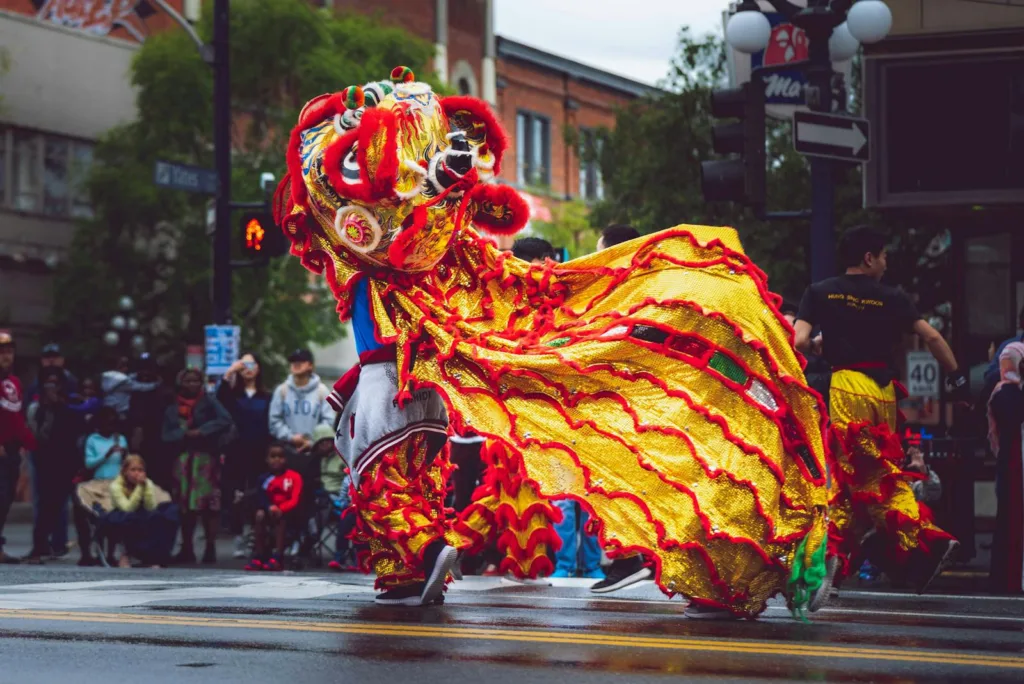
Within Chinese tradition, the dragon represents strength, prosperity, and good fortune. It is used by people to ward off evil spirits and provide luck. The enormous fabric dragon appears to be dancing as the performers lift and lower it in a sequence of wave-like motions while holding the poles beneath it. The dragon’s movement represents the pursuit of wisdom, knowledge, and the truth.
There is an old idea that the longer a dancing dragon is, the more luck it will bring. Dragon lengths vary. The captivating rhythm of the ancient Chinese drums, gongs, and cymbals accompany this dance. This dance is still performed at numerous Chinese New Year Chinatown events across the globe.
Flamenco (Spain)

Spain is the birthplace of the alluring Flamenco dance. Some people think that Andalusian gypsies who moved to northern India and then southern Spain are the origins of flamenco. This kind of performance includes guitar playing, snapping, clapping, singing, and foot stomping. The unique feature of this style is the red, flowing dress worn by the female dancer. Flamenco is performed today all over the world, and it’s surprisingly well-liked in Japan and the US.
Step Dance (Ireland)
Heading east, we reach Ireland, a country famous for its Irish step dance and step cuisine. The 1990s stage production Riverdance made the iris step dance famous worldwide. The Celts are credited with the evolution of this dance, which can be performed individually or in groups.
Spectators can focus on fast and agile footwork as it is combined with stiff upper body and complex percussive footwork. Step dancing is a typical sight in neighborhood bars and on the streets of Dublin, where I’ve witnessed amazing footwork performances accompanied by traditional Irish music.
you may also like : 10 Food Items to Eat When You’re Stressed


1 thought on “10 Well-Known Dance Worldwide”